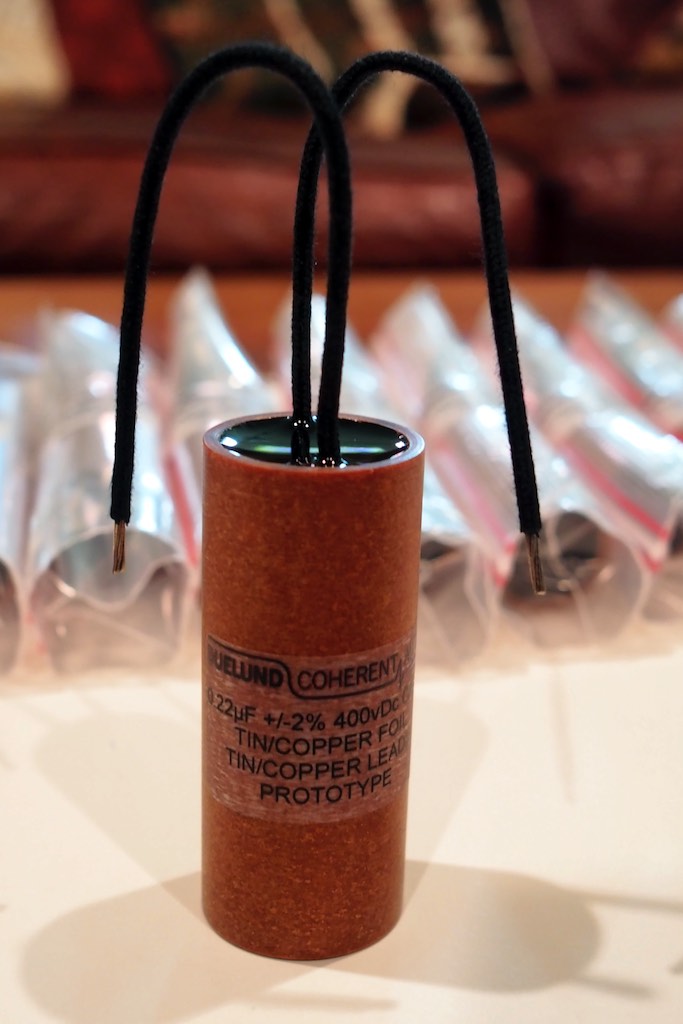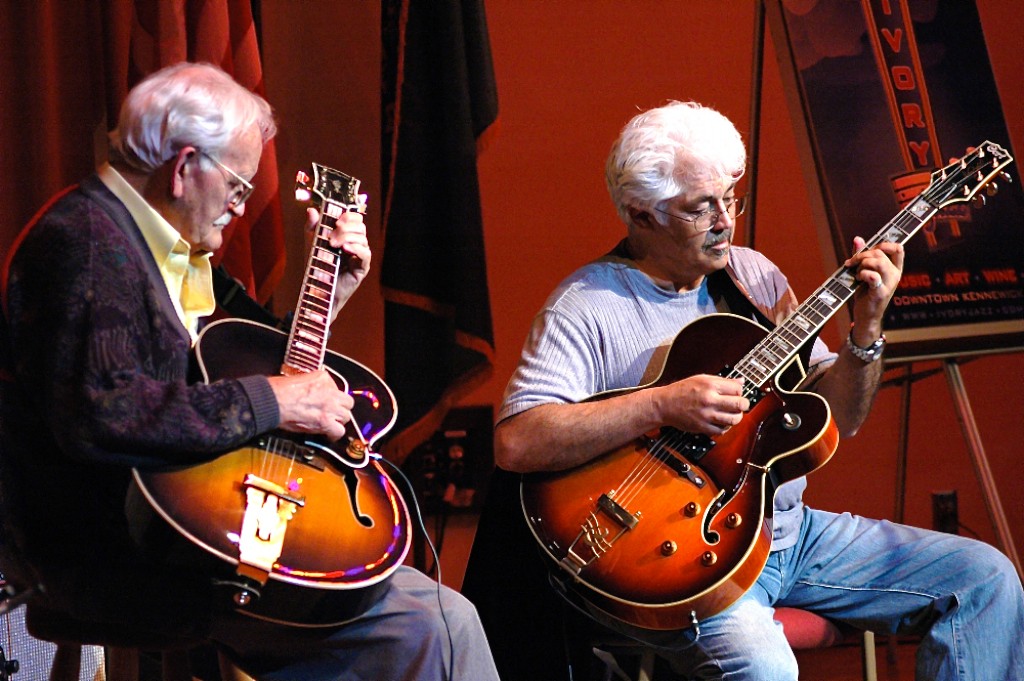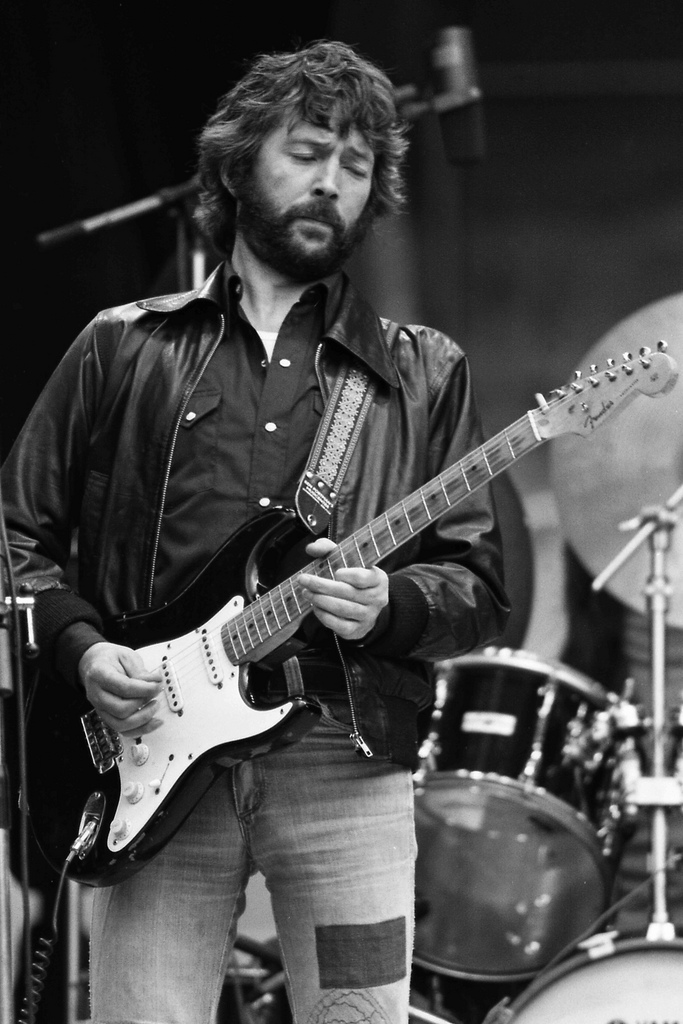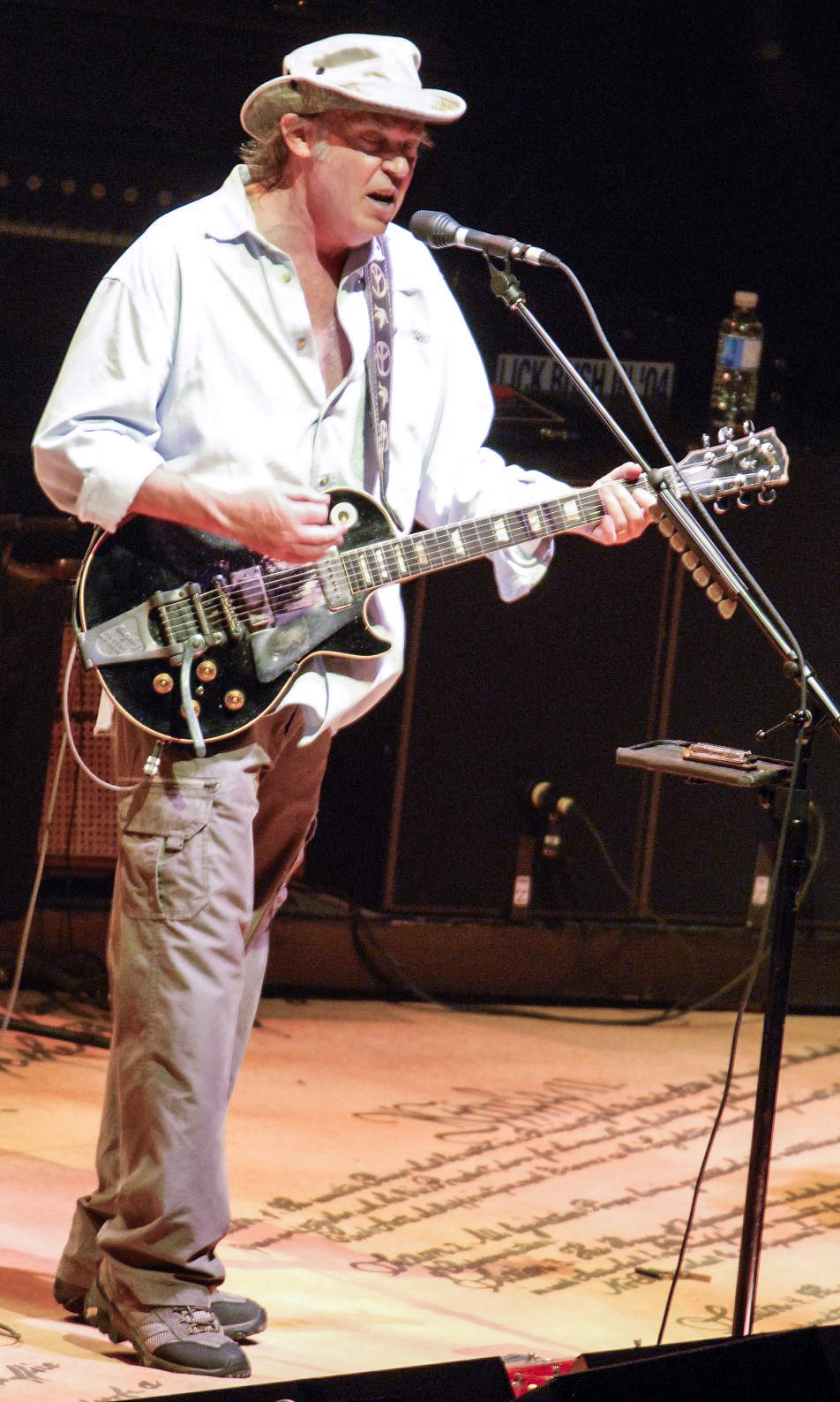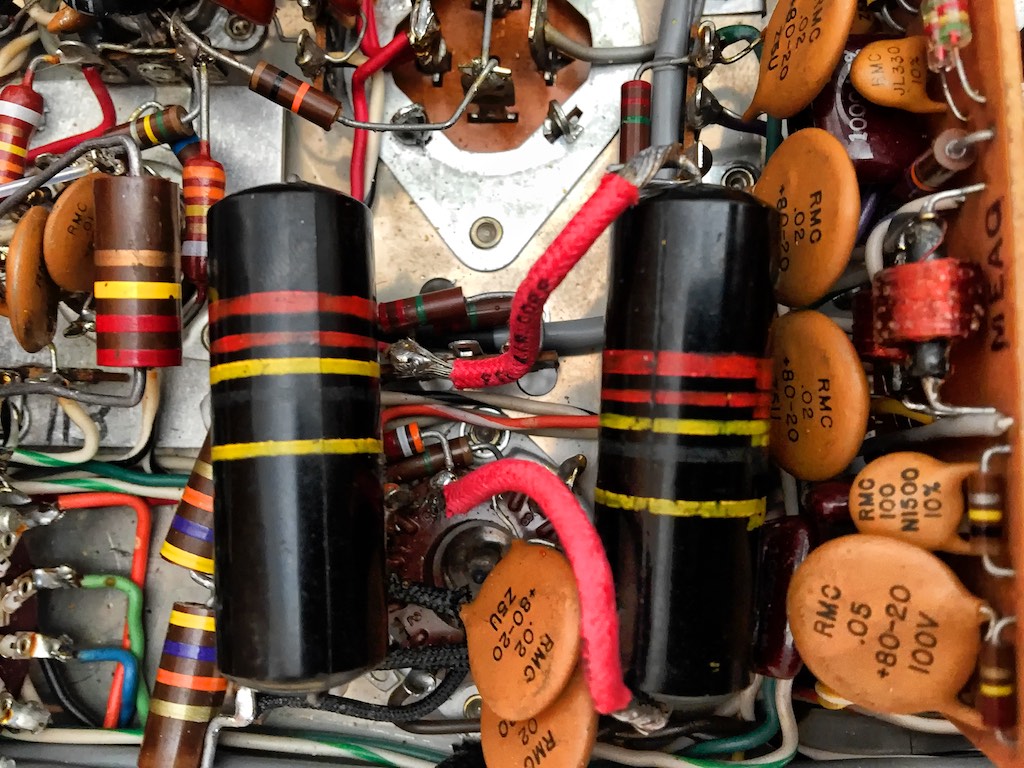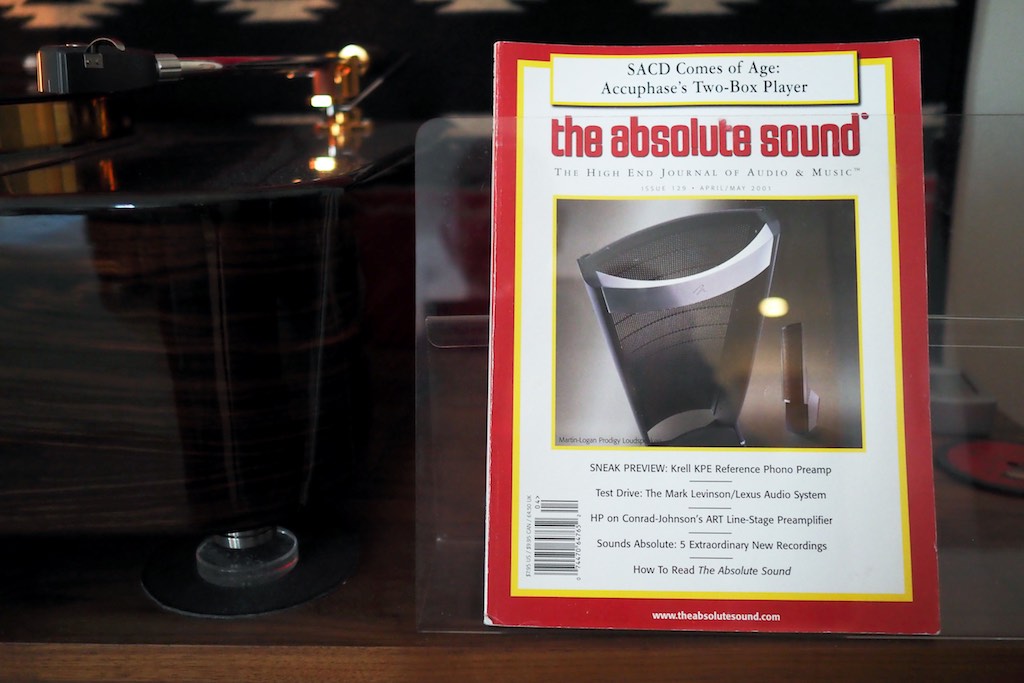2016 is rapidly coming to a close, and if two words could sum things up for 2016 here at Jeff's Place, it would be 'tinned-copper', with 'Real Sound' and 'Vintage Tone' coming in as a close tie for second place.
It has been a remarkable year of musical revelation for me as I've been meditating on all things 'tinned-copper' & 'real sound' & 'vintage tone'.
I have convinced myself that 'real sound' & 'vintage tone' are almost synonymous terms, and are certainly simpatico in interest, but they do have differences.
'Real Sound' comes to us from our friend Yazaki-san, and 'Vintage Tone' comes to us from the electric guitar musician community.
I'll start with the guitar world, where musicians recognize certain acoustic & electric guitars in history as having legendary musical 'tone'.
With acoustic guitars, the 1935 Martin D-28, the 1937 Gibson Advanced Jumbo, and the 1943 Martin D-18, for example, were some of the best vintage guitars ever produced by human hands from a tone perspective, and you can even hear Tony Rice play these great vintage tone guitars on the CD Tone Poems, accompanied by David Grisman playing some of the great mandolins from history, like the 1923 Gibson 'Loar' A5, to drop a name.
It turns out that David Grisman also teamed with Martin Taylor to record the CD Tone Poems II, featuring the wonderful 'vintage voice' of some great jazz guitars from history.
In the photo above you can see my departed friend John La Chapelle playing his vintage Gibson L-5, which is considered to be one of the all-time great 'vintage voices' of jazz guitar. I heard John's L-5 many a Wednesday evening when we'd get together with our guitars, and it remains etched in my mind to this day.
There is also a Tone Poems III with David Grisman, Mike Auldridge and Bob Brozman, giving us an intimate experience with "The Sounds of the Great Slide & Resophonic Instruments".
Oh how I wish Chad Kassem would put these Acoustic Disc Tone Poems albums out as 45RPM LP's, not only would they sell out in a moment, but they would be indispensable for teaching music & audio enthusiasts about tone color & timbre!
I'd also love to see someone do a Tone Poems IV album featuring some of the great 'vintage voices' in electric guitars and their amplifiers, like the 1957 Gibson Les Paul, the 1954 Fender Stratocaster, the 1950 Fender Telecaster, along with the Fender Deluxe Reverb (think Roy Buchanan), the Marshall JTM 45 Combo (think Clapton), along with a few other choice examples, but to the best of my knowledge that concept album doesn't exist yet.
Electric guitar musicians talk about the incredible tone of vintage guitars, the reason they sounded the way they did, and those vintage electric guitar voices are forever etched in our minds from the music of Eric Clapton ('Blackie' Stratocaster), Keith Richards ('Micawber' Telecaster), and Neil Young ('Old Black' Gibson Les Paul), for a couple of examples.
Besides being played by incredibly talented musicians, those guitars had a reputation for superb tone, which the guitar guys started referring to as 'Vintage Tone'.
In an effort to duplicate those now rare & expensive guitars' tone, the guitar guys found there were certain components (and vacuum tube amplification) that provided the 'vintage tone' of those great guitars, like certain types of wire (tinned-copper 'vintage-tone' wire, or certain vintage capacitors, like Black Beauties or Bumblebees).
To guitar guys the term 'vintage tone' doesn't refer to an old-fashioned sound with tubby bass, rich & opaque mid-range, and rolled off high-frequencies, like it evokes with many audiophiles, but rather it refers to the apogee of tone quality those vintage voices could provide to music when played by a musician.
In a parallel audio universe, Yazaki-san set in motion powerful musical forces with his introduction of the concept of 'Real Sound' here at Jeff's Place, and encouraged the use of skinny Western Electric WE16GA wire as speaker cables, and Belden 8402 microphone cable as interconnects, for an example of the type of performance that 'Real Sound' was all about.
These tinned-copper cables quickly became very popular with thousands of music & audio enthusiasts because of what they did for the music in a home hi-fi system, that is, making it sound more like 'real' live music tonally, texturally, motionally, and emotionally, and as a bonus these cables were inexpensive.
The 'vintage tone' and 'real sound' paradigms differ from a paradigm most audiophiles will be familiar with, Harry Pearson's concept of the 'absolute sound' which Harry defined as the sound of acoustic instruments playing in a real space.
Even though Harry's reference for the 'absolute sound' was acoustic music, only a little of his descriptive narrative about audio equipment focused on the musical fabric, like timbral texture, or tone color, beat, tempo, and the like. Harry focused more on artifacts of the recording process like imaging, soundstage, and resolution, possibly because it was easier for his readers to hear and relate to than the elements of the musical fabric, and Harry's paradigm remains a focus for many audiophiles to this day.
I think Harry made an important contribution to audio with his thoughtful descriptions, which you can real about in detail in TAS Issue 129, April/May 2001, "How To Read The Absolute Sound". There Harry describes his thoughts on audio reviewing and goes into detail about his definitions of terms like front-to-back depth, soundstage, stage width & height, grain, dynamic contrasts, imaging, and more, and it is worth your while to seek out a copy to keep as a reference, it's a classic!
Yazaki-san's 'real sound' paradigm doesn't exclude audio performance on recording artifacts per se, but does focus more on aspects that makes the playback of recorded music sound more like 'real' music in terms of tone color, timbral textures, motional elements, presence, and emotional impact.
My thoughts on music & audio continue to evolve as I consider the 'vintage tone' paradigm from the musician's perspective, the 'real sound' paradigm from Yazaki-san's music-lover & equipment-designer perspective, and Harry's 'absolute sound' audio reviewer perspective, and they are starting to coalesce for me into a sort of sensible 'unified field theory' for music reproduced in the home, which I want to explore more in audio adventures in 2017 and beyond.
For now, I'm just going to give you a 'stream of consciousness' set of ideas that I've been thinking about that are meaningful to me for creating satisfying reproduction of music in my home, and I'll expand on those ideas with more thoughtful discourse in the future. In no particular order:
- I want the reproduction of instruments to approach the sound of 'real' in terms of tone, timbral texture, and presence.
- I want the reproduction of music to approach the sound of 'real' in terms of beat, dynamics, tempo, and loudness.
- I want the reproduction of music to convey the sense of 'touch' and nuance that musicians bring to melodies, harmonies, and rhythm.
- I believe the 'vintage tone' paradigm of musicians that stresses how the superb tone of those 'vintage voices' was achieved in the very best electric guitars and their amplifiers can also be applied to audio to achieve enhanced performance, and I cite tinned-copper cables as an example. Perhaps even more importantly, I think the soon to be released Duelund CAST Sn-Cu capacitors may very well represent a significant breakthrough for conveying the elements I described in my first three bullets, and I'm very excited about that.
- I want the reproduction of music to go beyond the sound of 'real' with some aspects of recording artifacts. Coming from me this probably sounds shocking given some of the nasty things I've said about focusing on sonics in audio, but hang with me, and read on as I explain more in the future about how certain types of recording artifacts in complementary amounts can actually increase the brain's emotional response when listening to music.
- The auditory cortex in the brain's temporal lobe processes auditory information, and is a part of the auditory system that allows us to hear.
- The intraparietal sulcus is a region in the right parietal lobe of the brain that is outside of the auditory system and is involved in visuospatial processing, helping people execute visual-spatial tasks like reaching out to touch something, like a keyboard or fretboard. As such, the intraparietal sulcus is involved in mental rotation processing (recognizing patterns in something that is rotated in 3D), and it is also the part of the brain involved in recognizing transposed melodies.
- This brain connection in the intraparietal sulcus that does processing for both visuospatial processing and transposing melodies, which is outside of the auditory system, may be good news for audiophiles, as recording artifacts like imaging, soundstage, and the sense of space may co-opt the intraparietal sulcus in a way that increases the level emotion experienced from recorded music.
- This indicates brain networks involved in the emotional response to musicality extend outside of the auditory system, and may help explain why some audiophiles get additional pleasure when that brain region is stimulated by processing recording artifacts containing visuospatial information.
- I believe that advances in understanding the underlying neurobiology of how music stimulates emotional responses in the brain will help audio designers of the present & future design audio equipment that is better able provide an emotionally stimulating listening experience. Already neurobiologists have identified elements of live & recorded music that are crucial for stimulating an emotional listening response in the brain, and those aspects can be improved for home audio.
- Home music systems that are able to more realistically reproduce tempos, acoustic roughness (timbral textures), and sudden percussive events (loudness & dynamics) are more emotionally stimulating.
- A home music system that can’t play realistically loud at a live-like volume levels, realistically produce timbral textures of instruments & voices, or communicate musical tempos realistically, will not be able to stimulate you emotionally as much as one that can.
- Home music systems that can more realistically convey beat & rhythm will more strongly stimulate the instinctive brain mechanism called rhythmic entrainment, allowing our bodies to respond more rhythmically naturally to the beat in music, as evidenced by tapping a foot to music, or being stimulated to clap or dance.
- Responding to beat is something that is hardwired into our neurobiology, our brains perceive beat as pleasurable, and home music systems that can more realistically portray beat will engage us more than home music systems that can't.
- Music & audio enthusiasts and designers are remembering the lessons of the past, and are incorporating the best elements of 'vintage tone' into their projects & designs, and we consumers are noticing and voting with our wallets. People will take notice of that.
I think high-performance audio has a very bright future, and in time I believe we will see great breakthroughs that will make our hobby even more fun & rewarding than ever.
I am looking forward to exploring all those things with you in the future, but until then, from my home to yours, may you enjoy your families, friends, gatherings, and music in a way that makes you happy this Holiday Season!
May the tone be with you!




